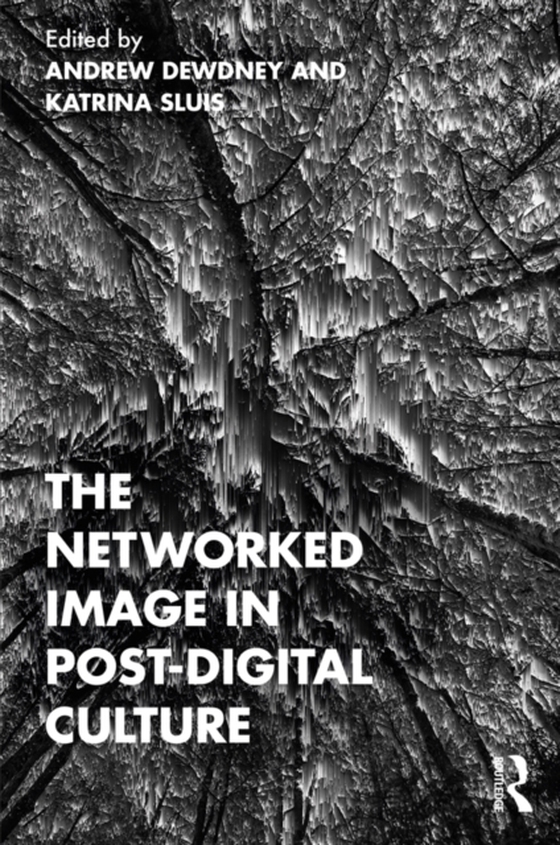
Networked Image in Post-Digital Culture e-bog
322,59 DKK
(inkl. moms 403,24 DKK)
This collection examines how the networked image establishes new social practices for the user and presents new challenges for cultural practitioners engaged in making, curating, teaching, exhibiting, archiving and preserving born-digital objects.The mode of vision and imaging, established through photography over the previous two centuries, has and continues to be radically reconfigured by a h...
E-bog
322,59 DKK
Forlag
Routledge
Udgivet
12 juli 2022
Længde
248 sider
Genrer
Photography and photographs
Sprog
English
Format
pdf
Beskyttelse
LCP
ISBN
9781000603927
This collection examines how the networked image establishes new social practices for the user and presents new challenges for cultural practitioners engaged in making, curating, teaching, exhibiting, archiving and preserving born-digital objects.The mode of vision and imaging, established through photography over the previous two centuries, has and continues to be radically reconfigured by a hybrid of algorithms, computing, programmed capture and display devices, and an array of online platforms. The image under these new conditions is filtered, fluid, fleeting, permeable, mobile and distributed and is changing our ways of seeing. The chapters in this volume are the outcome of research conducted at the Centre for the Study of the Networked Image (CSNI) and its collaboration with The Photographers' Gallery over the last ten years. The book's contributors investigate radical changes in the meanings and values of hybridised media in socio-technical networks and speak to the creeping automation of culture through applications of AI, social media platforms and the financialisation of data.This interdisciplinary collection draws upon media and cultural studies, art history, art practice, photographic theory, user design, animation, museology and computer science as a way of making sense of the specific cultural consequences of the rapid succession of changes in image technologies and to bring the story up to date. It will be of particular interest to scholars and students of visual culture, media studies and photography.
 Dansk
Dansk

